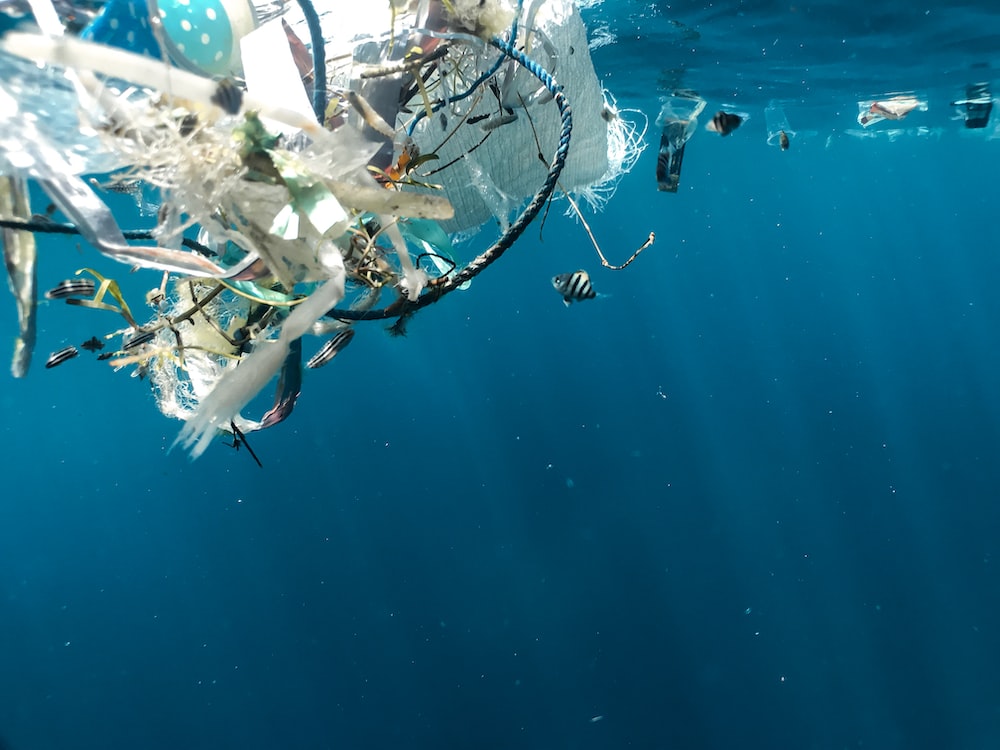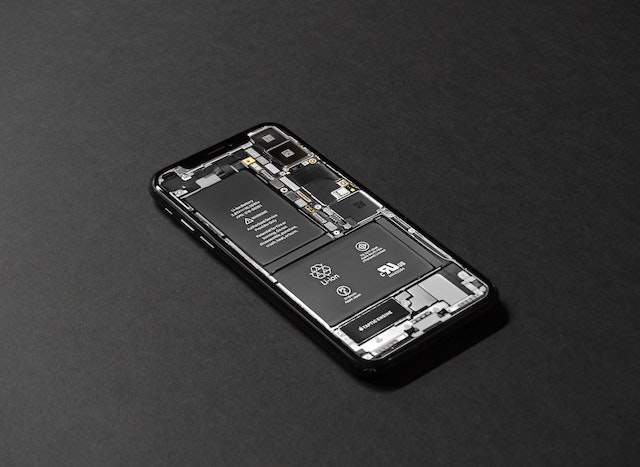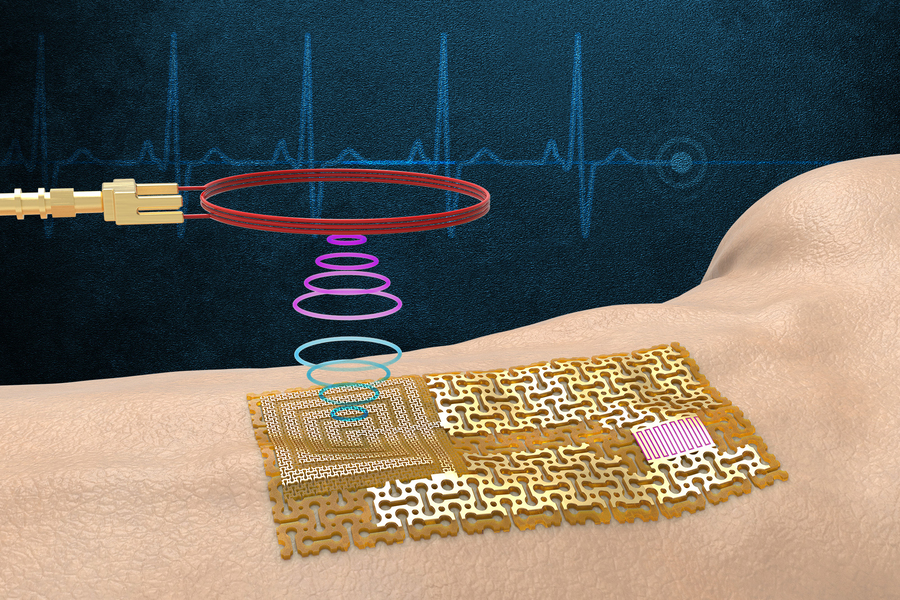Ocean garbage patches or accumulations of marine debris are formed by rotating ocean currents called “gyres.” They are like big whirlpools that pull debris in.
Once marine debris enters the gyre, it is unlikely to leave the area because much of it is not biodegradable; it simply breaks into tinier pieces. Due to this reason the great garbage patches will only continue to increase.
Now, according to new research by the Ocean Cleanup Project and Wageningen University, nearly all plastic waste at the most famous of all five gyres in the ocean – the “Great Pacific Garbage Patch” comes from the fishing industry, mainly fishing nets and ropes.
The “Great Pacific Garbage Patch” is located in the North Pacific Gyre (between Hawaii and California). It covers an area of about 620 thousand square miles, an area twice the size of Texas or three times the size of France.
Only six countries accounted for over 92% of the trash in the NPGP
After careful sampling and testing, researchers noticed that more than 90% of the identifiable trash swirling around in this Garbage Patch comes from just six countries.
Although 33% of the debris was unidentifiable fragments, the researchers were able to identify the country of origin for the rest of the samples collected.
Researchers reported that the most percentage of such objects originated from Japan at 33.6%. China was next at 32.3%, and South Korea at 9.9%. Followed by the U.S. at 6.5%, Taiwan at 5.6%, and Canada at 4.7%.
Fishing Activities in Just Six Countries Account for More Than 90% of Trash in the Great Pacific Garbage Patch
By: | September 10th, 2022

Photo by Unsplash
More articles from Industry Tap...






